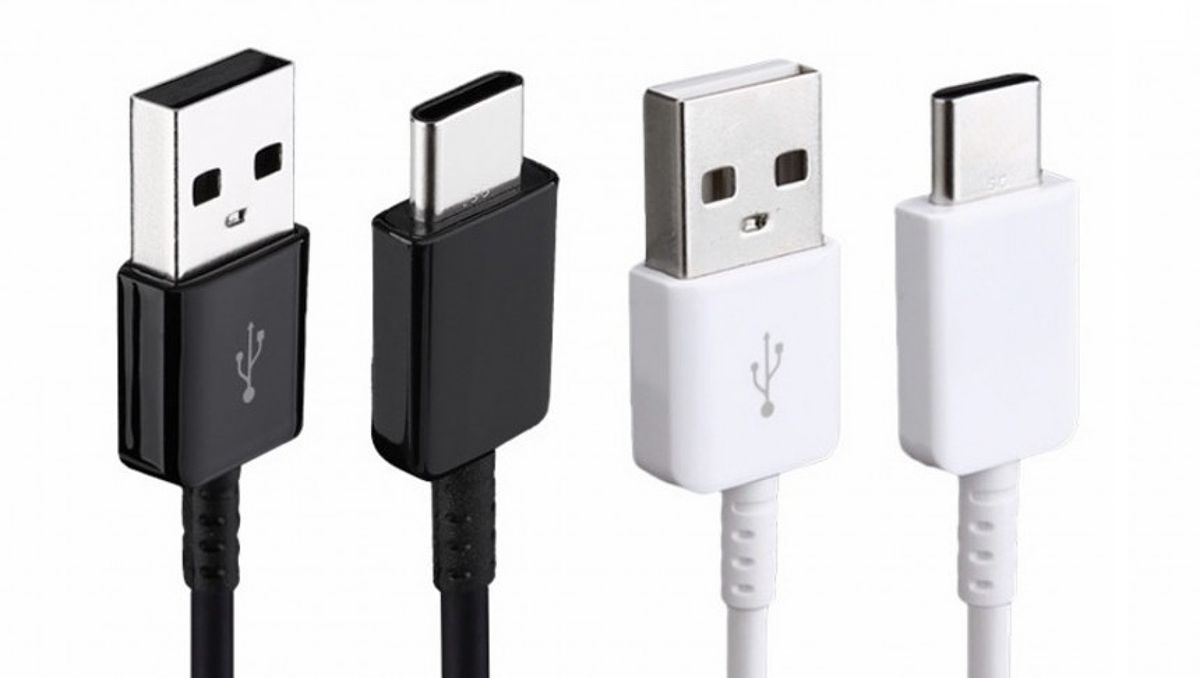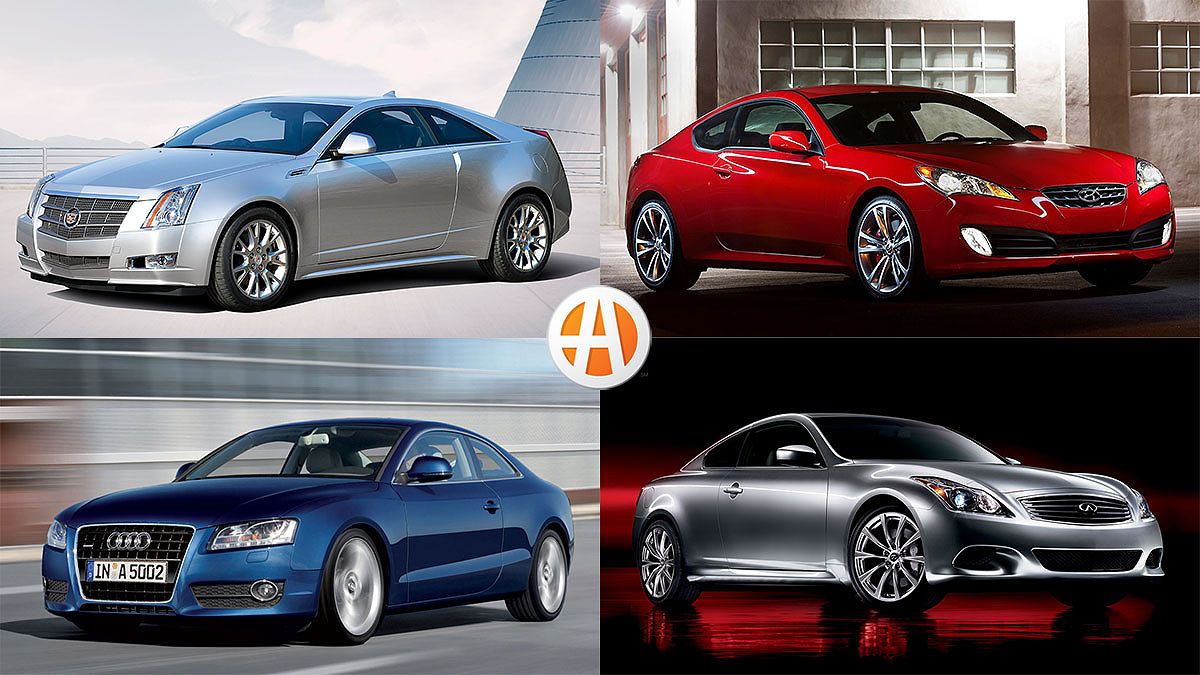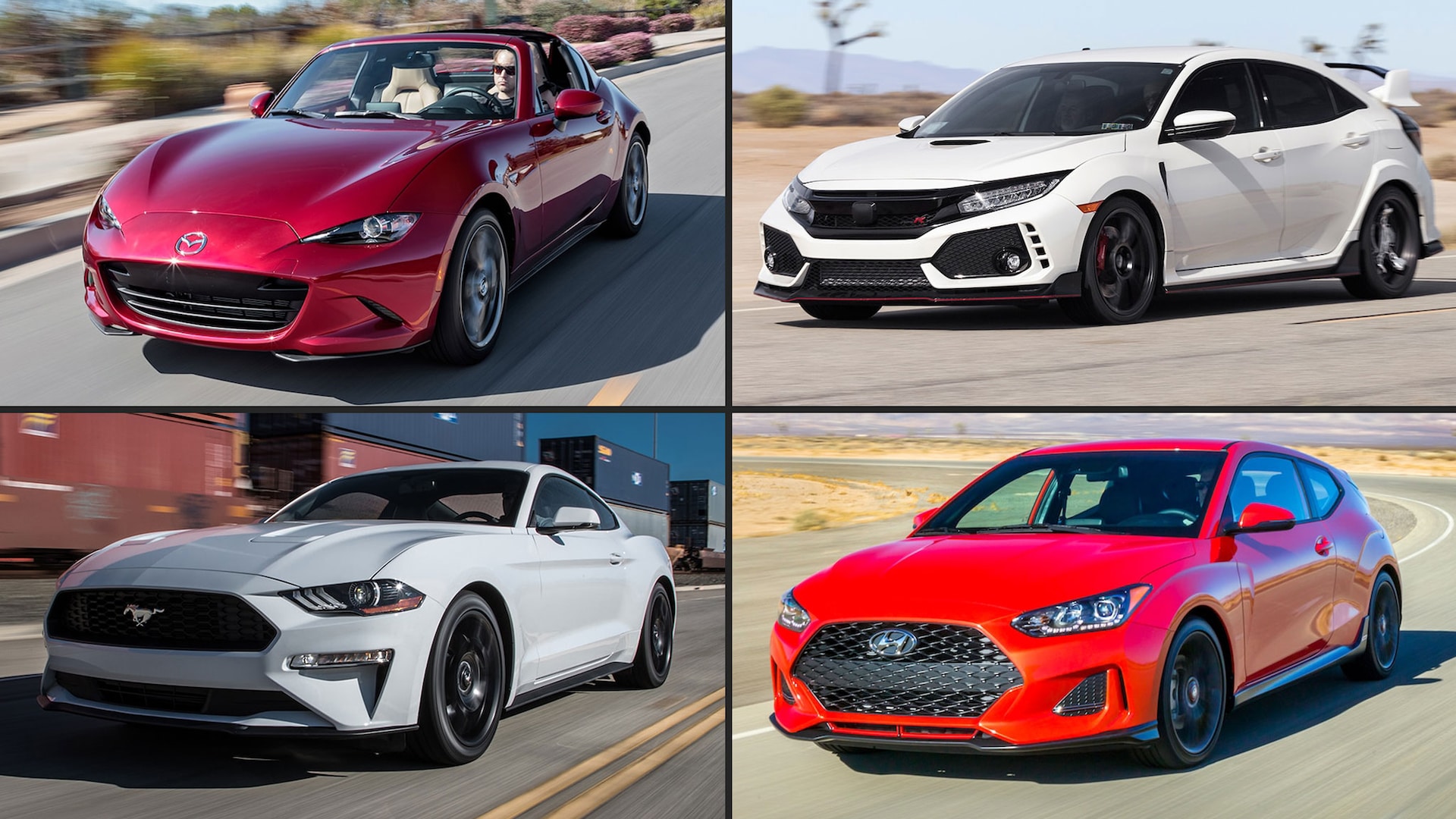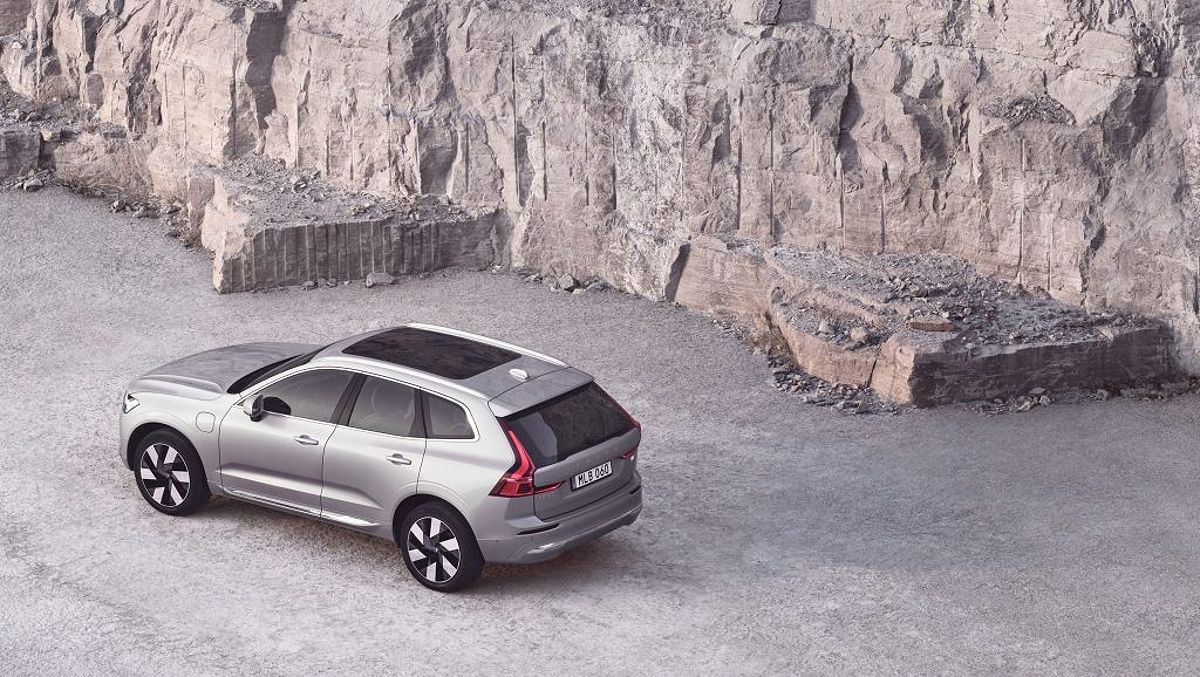The Best Cables For Android Auto: Mastering Connectivity And Enhancing Your Driving Experience
As an avid Android Auto user, I’ve experienced my fair share of frustrating connectivity issues. From intermittent disconnections to sluggish data transfer speeds, these problems can quickly transform a seamless driving experience into a technological nightmare. However, I’ve learned that the solution often lies in choosing the best cable for Android Auto — a simple yet critical component that can make all the difference.
In this comprehensive guide, I’ll share my insights and practical tips to help you navigate the world of Android Auto cables, ensuring you find the perfect match for your smartphone and car. Whether you’re a daily commuter, a road trip enthusiast, or a tech-savvy driver, understanding the importance of the right cable can elevate your in-car experience and keep you connected when it matters most.
Why Choosing the Right Cable Matters for Android Auto
The USB cable connecting your Android smartphone to your car’s infotainment system is the unsung hero of the Android Auto experience. It acts as the bridge between your device and your vehicle, facilitating the transfer of data and power. Unfortunately, many users overlook the significance of this humble cable, only to find themselves grappling with frustrating connectivity issues.
You see, a poor-quality or incompatible cable can lead to a host of problems, from sluggish app performance to complete disconnections. When the data transfer speed is compromised, you may experience delayed navigation, unresponsive voice commands, and even crashing of the Android Auto app. And let’s not forget the importance of keeping your phone charged during those long drives — a faulty cable might not provide enough power, leaving you with a drained battery and a useless Android Auto setup.
As someone who values a seamless driving experience, I’ve learned that investing in the best cable for Android Auto is essential. It’s the difference between enjoying the convenience and functionality of your in-car technology or dealing with constant interruptions and frustrations.
Common Android Auto Connectivity Issues and Causes
Throughout my journey with Android Auto, I’ve encountered a variety of connectivity problems that have tested my patience. From the app failing to launch on the car’s display to intermittent disconnections and slow data transfer speeds, these issues can be incredibly disruptive to the driving experience.
After extensive troubleshooting and research, I’ve identified the most common culprits behind these connectivity woes:
-
Faulty or Incompatible USB Cable: As mentioned earlier, the quality and compatibility of the cable are crucial. A subpar or mismatched cable can easily become the root cause of your Android Auto problems.
-
Outdated Android Auto App: Google regularly updates the Android Auto app to address bugs and improve performance. Failing to keep your software up-to-date can lead to compatibility issues and connectivity problems.
-
Issues with the Car’s Head Unit: Sometimes, the root of the problem lies within the infotainment system of your vehicle. If the car’s software or hardware is outdated or malfunctioning, it can disrupt the connection with your Android Auto setup.
-
Software Bugs in Android Auto: Occasionally, the Android Auto app itself may encounter bugs or glitches that interrupt the seamless connection between your phone and car.
-
Low Battery on the Phone: A smartphone with limited battery life may not be able to maintain a consistent connection with Android Auto, leading to disconnections or other issues.
By understanding these common causes, you’ll be better equipped to identify and resolve any connectivity problems you may face, paving the way for a more reliable and enjoyable Android Auto experience.
Choosing the Best Cable for Android Auto
Now, let’s dive into the heart of the matter — selecting the best cable for Android Auto. As someone who has experimented with numerous cables over the years, I’ve developed a keen eye for the features and specifications that make a difference.
Cable Length
One of the first things to consider is the length of the cable. Google recommends using a USB cable that is no longer than 6 feet (1.8 meters) for Android Auto. Longer cables can introduce more points of failure and reduce data transfer speeds, so it’s best to opt for a shorter, more compact option.
Cable Type
Ensuring you have the right cable type is crucial. Most modern smartphones use USB-C, while some older cars may still have USB-A ports. Make sure to choose a cable that matches the ports on both your phone and the car’s head unit for optimal compatibility.
Cable Certification
Look for cables that are certified for high-speed data transfer and power delivery. Certifications like USB-IF (USB Implementers Forum) and MFi (Made for iPhone/iPad) indicate that the cable meets the latest industry standards, providing you with a reliable and up-to-date connection.
Cable Quality
The materials used in the construction of the cable can greatly impact its performance and longevity. Opt for cables with high-quality components, such as braided nylon or kevlar, as these tend to be more durable and less prone to issues like fraying or loose connections.

Brand Reputation
When it comes to choosing the best cable for Android Auto, it’s worth investing in a product from a reputable brand. Companies like Anker, Belkin, Samsung, and Google are known for producing reliable and high-performance USB cables that can withstand the demands of in-car use.
By keeping these factors in mind, you can confidently select the best cable for your Android Auto setup, ensuring a stable and responsive connection that enhances your driving experience.
Troubleshooting Android Auto Connectivity Issues
Even with the best cable, you may still encounter the occasional connectivity hiccup. But fear not — I’ve got your back with a comprehensive troubleshooting guide to help you get your Android Auto setup back on track.
-
Inspect the Cable: Start by closely examining the cable for any visible signs of damage or wear and tear. If you suspect the cable is the culprit, try swapping it out with a different one to see if that resolves the issue.
-
Update the Android Auto App: Make sure you’re running the latest version of the Android Auto app on your smartphone. Google regularly pushes out updates to address bugs and improve performance, so keeping your software up-to-date is crucial.
-
Restart Your Phone: Sometimes, a simple restart can work wonders in clearing temporary glitches or connection problems.
-
Clear the Android Auto Cache: Clearing the app’s cache can help fix any temporary issues that may be causing connectivity problems.
-
Check the Car’s USB Port: Ensure that the USB port in your car is functioning correctly and not damaged in any way.
-
Update the Car’s Software: If possible, check with your vehicle manufacturer for any available software updates for the car’s infotainment system. These updates may address compatibility issues or resolve connectivity problems.
If you’ve exhausted these troubleshooting steps and are still experiencing issues, there are a few additional tips to consider:
- Avoid using cable extensions, as they can introduce additional points of failure and disrupt the connection.
- Try connecting your phone directly to the car’s head unit instead of using a USB hub or adapter.
- Explore the possibility of upgrading to a wireless Android Auto solution, which can eliminate cable-related connectivity problems altogether.
By following these troubleshooting steps, you’ll be well on your way to resolving any Android Auto connectivity issues and enjoying a seamless driving experience.
Wireless Android Auto: A Seamless Alternative
As someone who values convenience and reliability, I’ve been intrigued by the emergence of wireless Android Auto solutions. These innovative technologies offer a cable-free alternative that can revolutionize the way you integrate your smartphone with your car’s infotainment system.
The primary benefits of using wireless Android Auto include:
-
Convenience: Imagine never having to fumble with cables or worry about forgetting to plug in your phone before hitting the road. Wireless Android Auto allows you to simply get in your car, and your driving experience starts automatically.
-
Stability: Wireless connections are generally less prone to the intermittent disconnections or slow data transfer issues that can plague wired setups. This means a more reliable and seamless Android Auto experience.
-
Charging: If your car supports wireless charging, you can keep your smartphone powered up while using Android Auto wirelessly, eliminating the need to worry about battery drain.
To take advantage of wireless Android Auto, you’ll need a compatible car and smartphone. Some newer vehicles come with built-in wireless Android Auto support, while older cars can be upgraded with a wireless adapter like Motorola’s MA1 or AAWireless.
It’s important to note that wireless Android Auto may have some trade-offs, such as potentially faster battery drain on your smartphone. However, the convenience and stability it offers can be a game-changer for many drivers who are tired of dealing with cable-related headaches.
Staying Up-to-Date with Android Auto
As technology continues to evolve, it’s crucial to keep your Android Auto software and hardware up-to-date. Google regularly releases updates to the Android Auto app, addressing bugs, improving performance, and adding new features that can enhance your driving experience.
I make it a point to check for updates to the Android Auto app on the Google Play Store and install them promptly. This ensures that I’m always using the latest version and benefiting from any improvements or bug fixes that may have been implemented.
Additionally, if your car’s head unit has the capability, I recommend checking for software updates from the manufacturer. These updates can often resolve connectivity issues or enhance the overall Android Auto experience in your vehicle.
By staying informed and keeping your Android Auto setup up-to-date, you’ll be better equipped to enjoy a seamless and reliable connection between your smartphone and your car’s infotainment system.
FAQ
Q: What are the best brands for Android Auto cables?
A: When it comes to the best cables for Android Auto, I recommend looking for products from reputable brands like Anker, Belkin, Samsung, and Google. These companies are known for producing high-quality USB cables that meet the latest standards for data transfer and power delivery.
Q: Can I use any USB-C cable for Android Auto?
A: Not all USB-C cables are created equal. While the cable type is important, you’ll want to ensure that the cable is certified for high-speed data transfer and power delivery to ensure compatibility with Android Auto. Stick with cables that have the appropriate certifications, such as USB-IF or MFi.
Q: Why is my Android Auto connection so slow?
A: Slow connection speeds can be caused by a variety of factors, including a faulty or incompatible cable, outdated software on your phone or car, or even a low battery on your smartphone. Troubleshooting the issue and using the best cable for Android Auto can help resolve these performance problems.
Q: What is the latest Android Auto update, and how do I get it?
A: The latest version of Android Auto is available on the Google Play Store. I recommend regularly checking for updates and installing them as soon as they become available. This will ensure you’re using the most up-to-date version of the app, with the latest features and bug fixes.
Q: Can I use a cable extension with Android Auto?
A: It’s generally not recommended to use cable extensions with Android Auto. These additional components can introduce more points of failure and potentially reduce data transfer speeds, which can disrupt the overall connectivity and performance of your Android Auto setup.
Conclusion
In the ever-evolving landscape of in-car technology, the humble USB cable plays a pivotal role in the success of your Android Auto experience. As an avid user, I’ve learned that investing in the best cable for Android Auto can mean the difference between a seamless, enjoyable driving experience and one fraught with frustrating connectivity issues.
By understanding the importance of cable quality, compatibility, and certification, as well as the common causes of Android Auto connectivity problems, you can confidently navigate the world of cables and find the perfect solution for your needs. And if you’re ready to take your in-car tech to the next level, exploring wireless Android Auto options can provide an even more convenient and reliable way to integrate your smartphone with your vehicle.
Remember, staying informed and keeping your software up-to-date are key to ensuring a smooth and enjoyable Android Auto experience. With the right cable and a proactive approach to troubleshooting, you’ll be well on your way to mastering the art of in-car connectivity and making the most of your driving adventures.
So, whether you’re a daily commuter, a road trip enthusiast, or simply someone who values the convenience of modern in-car technology, I encourage you to take the time to find the best cable for your Android Auto setup. It’s a small investment that can pay dividends in terms of a seamless, reliable, and enriching driving experience.



